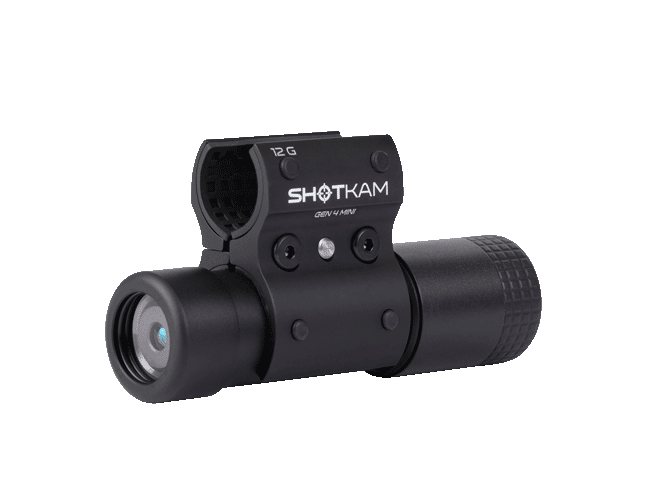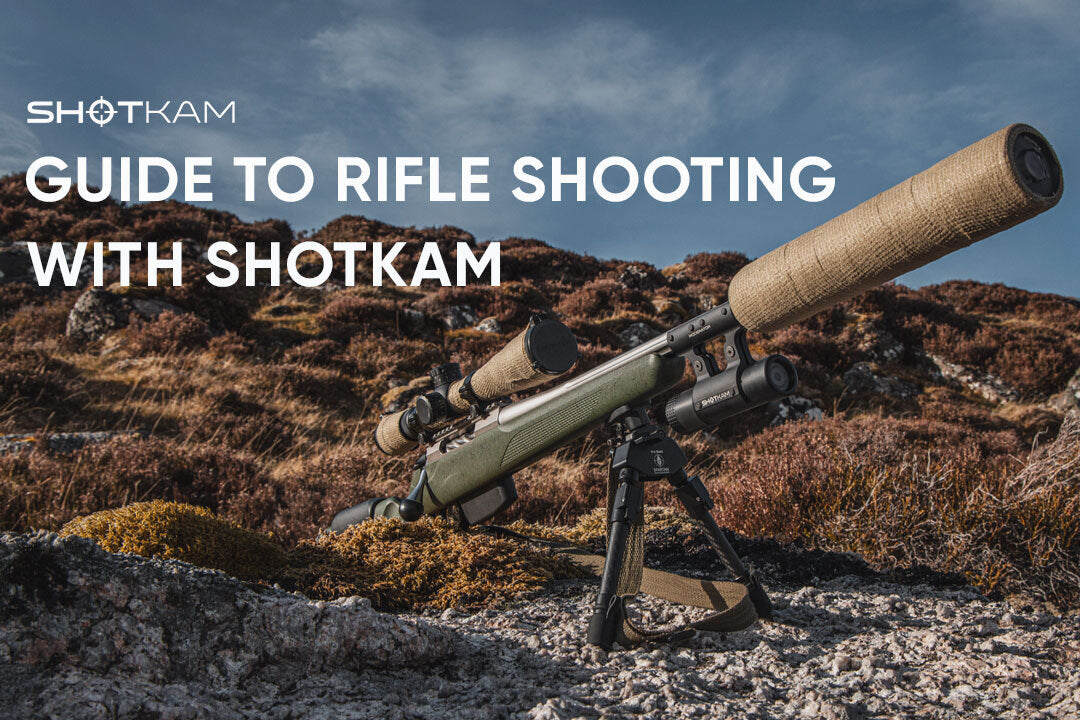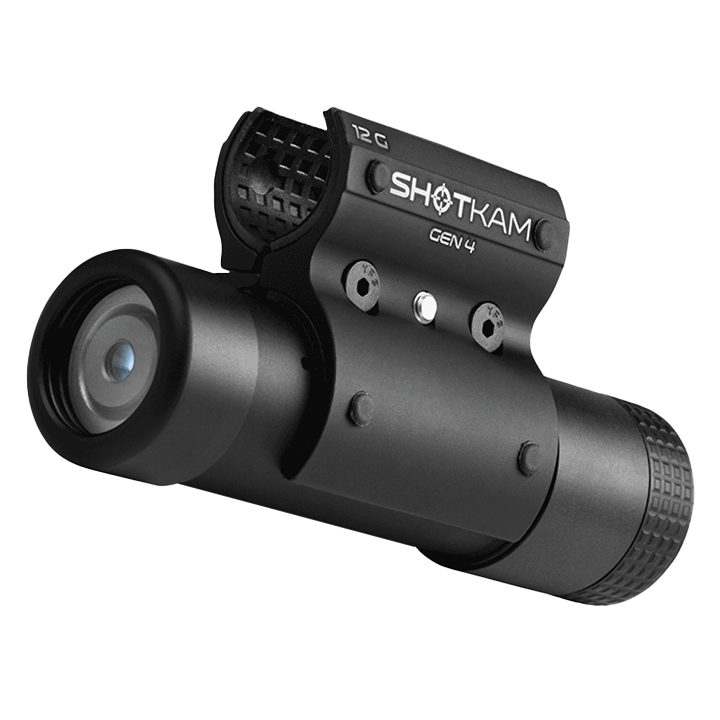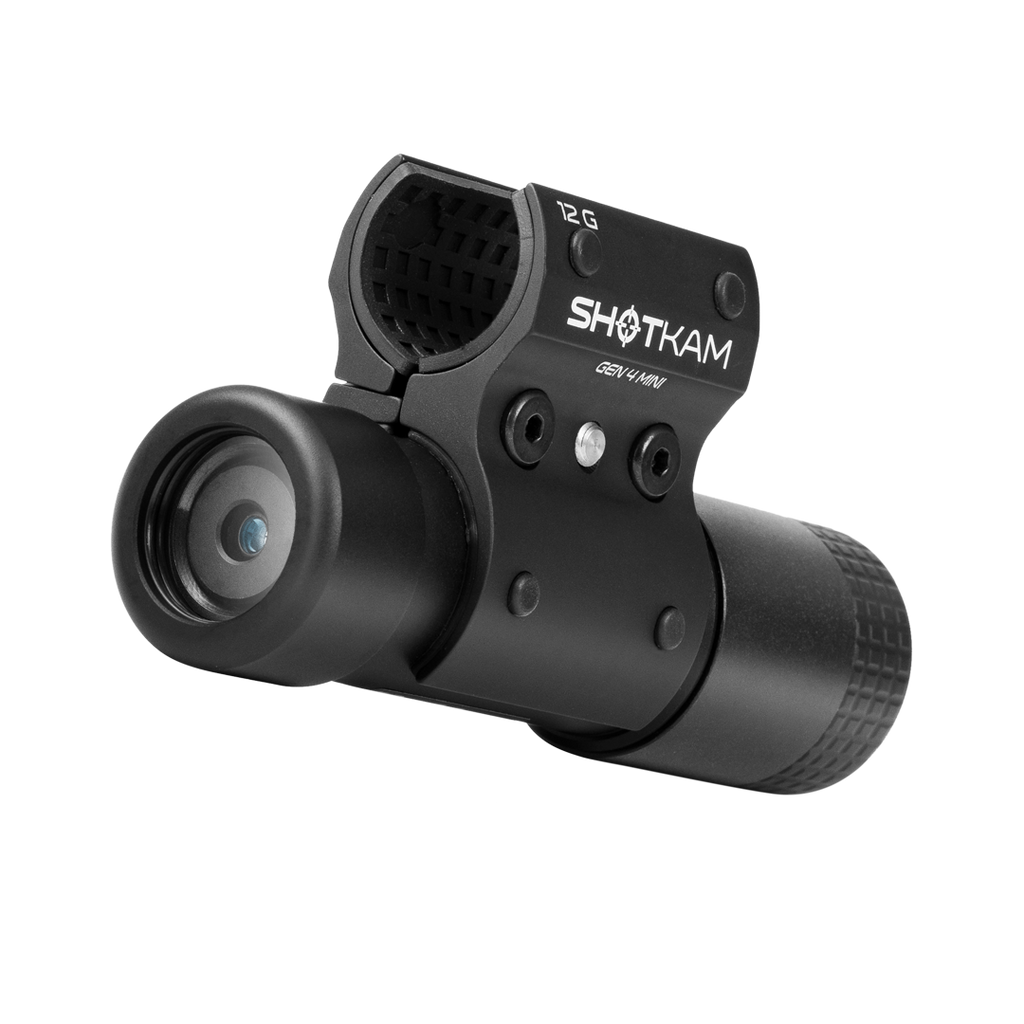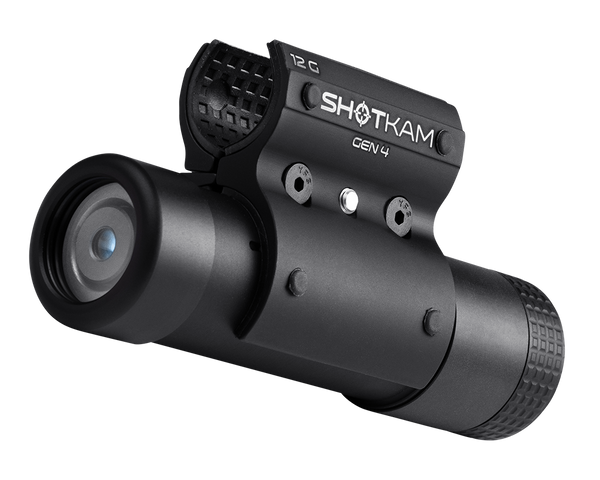Master Sporting Clays: FITASC Tips and Techniques in the UK
If you’re confident on an English Sporting course but find FITASC a bit of a mystery, you’re not alone. In this ShotKam episode, Jonny Carter of TGS Outdoors teams up with FITASC shooter and coach Josh Brown to explore what sets this international discipline apart from the others, from gun mount rules to the mental challenge of target variations. Watch the full episode below and turn on subtitles using the ‘CC’ button to follow along in your language.
Comparing FITASC and Sporting Clays
Sporting clays courses typically feature 100 targets across 12 stations, with each station presenting two different clays. You might encounter a mix of on-report and true pairs and can shoot with a pre-mounted, soft-mounted, or fully unmounted gun; whichever feels most natural.
On the other hand, FITASC (Fédération Internationale de Tir aux Armes Sportives de Chasse) has stricter rules and demands greater mental focus. A standard FITASC event is made up of four layouts, or “parcours,” with 25 targets in each. Within every parcours, you'll find five unique clay presentations. You’ll shoot each target from three different shooting positions, called hoops, which means facing the same targets from multiple angles. This adds complexity without increasing the number of clays.
Gun Mount and Timing Differences
The biggest adjustment for most shooters transitioning to FITASC is the low-gun rule. The entire gun stock must start below a line on the shooter’s vest, 25 centimeters down from the top of the shoulder, and be in contact with your body before you call "pull."
There is no pre-mounting allowed. Shooters can mount only after the clay is visible, which requires the right timing and technique. With on-report, true pairs, and Rafael pairs, you can mount the gun between shots, but not beforehand.
Pro Tip: Start low, stay smooth, and don’t rush the mount. Wait until you clearly see the target.

Importance of Planning
A 100-target FITASC layout can include up to 60 unique target presentations across multiple hoops. This means a lot of memorization on sight pictures, foot positions, and hold points.
Josh points out that course designers try to trick you on trap-style or quartering targets. In Sporting Clays, you might shoot these pre-mounted. In FITASC, that approach will not work because timing is critical. If you mount too late or too early, you’ll miss your visual cues or move past the shot too quickly.
Pro Tip: Each hoop is designed to push you out of your comfort zone. Take your time when visualizing hold points and break points.
Footwork and Setup
With FITASC, foot position is everything. You might be shooting five very different singles in one hoop, so use the full space. Align your shoulders with your planned kill point for each shot. Pay attention to where the target breaks best for you and adjust your stance accordingly.
Pro Tip: Don’t force your stance. Build your position around your break point instead of the other way around.
Speed and Control
Josh emphasizes that mounting speed can vary per target, especially with low-angle presentations. Since the stock starts well below the shoulder, everything comes up in one motion. If your muzzle is too high during the setup, you’ll overshoot. If it dips too low, you fall out of line.
This is where ShotKam becomes a valuable tool. It captures what your eyes might miss, such as your muzzle position and how that can affect shot placement. Reviewing the footage helps shooters recognize and correct any issues with barrel control.
Pro Tip: With targets like teal and rabbits, start lower than you think. Let the barrel rise naturally through the clay.

Singles, Doubles, and Rafaels
In FITASC, shooters view each single twice and rotate through the five clays, A to E. Each hoop tests your planning: foot position, hold points, visual pickup, and timing.
With pairs, including Rafaels, transitions are everything. Rafael pairs throw the same clay twice one after the other without a second "pull.” The first target might require one stance, while the second needs a quick pivot or reset.
Pro Tip: Don’t rely on the second shot. Plan to break the target with your first, then reset quickly when needed.
Final Thoughts
FITASC is a body and mind challenge. Jonny and Josh demonstrate how simple adjustments in timing, setup, and mount can have a big impact. With ShotKam capturing every moment, you get a slow-motion look at what really happens when you take your shot, both hits and misses.
You are reading:




